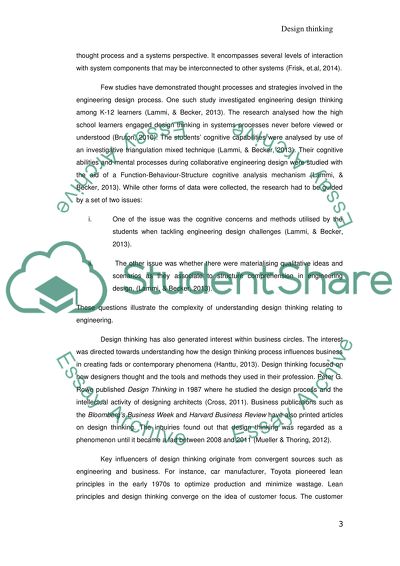Cite this document
(“Defining concept of design thinking Essay Example | Topics and Well Written Essays - 1750 words”, n.d.)
Defining concept of design thinking Essay Example | Topics and Well Written Essays - 1750 words. Retrieved from https://studentshare.org/design-technology/1668734-defining-concept-of-design-thinking
Defining concept of design thinking Essay Example | Topics and Well Written Essays - 1750 words. Retrieved from https://studentshare.org/design-technology/1668734-defining-concept-of-design-thinking
(Defining Concept of Design Thinking Essay Example | Topics and Well Written Essays - 1750 Words)
Defining Concept of Design Thinking Essay Example | Topics and Well Written Essays - 1750 Words. https://studentshare.org/design-technology/1668734-defining-concept-of-design-thinking.
Defining Concept of Design Thinking Essay Example | Topics and Well Written Essays - 1750 Words. https://studentshare.org/design-technology/1668734-defining-concept-of-design-thinking.
“Defining Concept of Design Thinking Essay Example | Topics and Well Written Essays - 1750 Words”, n.d. https://studentshare.org/design-technology/1668734-defining-concept-of-design-thinking.


